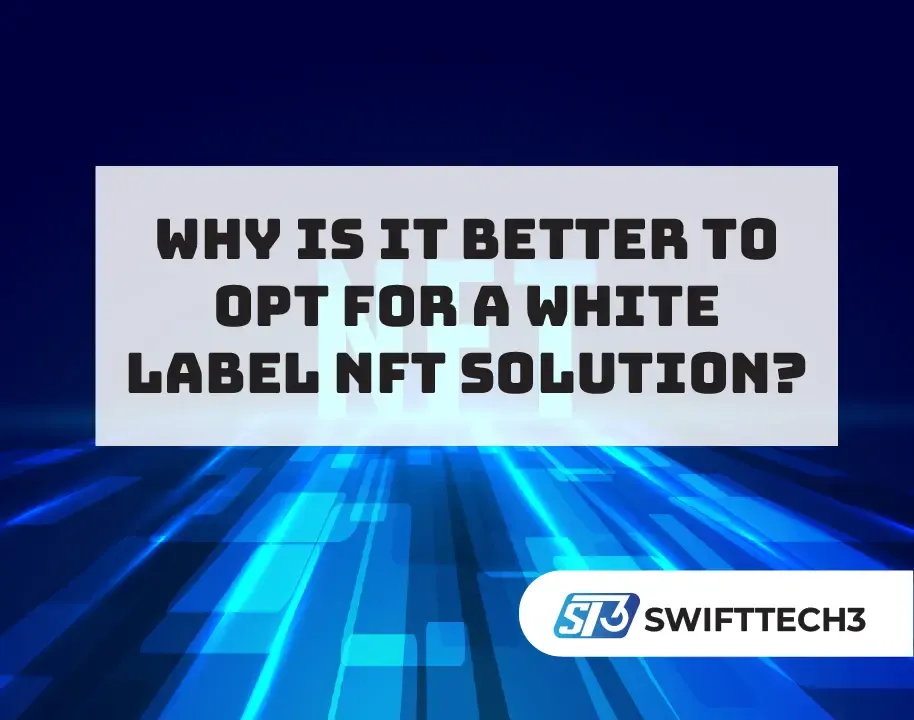Opting for a white-label solution is like leasing the professional kitchen. A white-label NFT marketplace is a pre-built, fully functional, and ready-to-deploy platform that a company can purchase or license and then rebrand as its own. It is the smart, strategic, and overwhelmingly better option for the vast majority of businesses. It allows you to focus on your brand’s unique flavor instead of getting bogged down in the complex, expensive, and time-consuming process of reinventing the technological wheel.
An unbeatable speed to market
Let’s break down a realistic timeline for custom development:
- Months 1-2: Scoping and team building You need to find, interview, and hire a specialized team: a project manager, blockchain developers (who are expensive and in high demand), backend developers, frontend developers, and a UI/UX designer. You then need to spend weeks finalizing the exact scope and feature list.
- Months 3-5: Design and core architecture Your team will work on wireframes, mockups, and the fundamental backend architecture. This includes setting up databases, servers, and planning the smart contract logic.
- Months 6-8: Active development and smart contract creation This is the heavy lifting phase where the code is actually written. The frontend is built, the backend logic is implemented, and the critical smart contracts are developed. This is often where unexpected delays occur.
- Month 9: Testing and security audits The platform undergoes rigorous internal testing. Then, you have to find and pay for an external security firm to audit your smart contracts, which can take several weeks. If they find issues, and they almost always do, your developers need to fix them and submit the code for re-auditing.
- Month 10-12: Deployment and bug fixing After a final round of testing, the platform is deployed. But the work is not over. The first few weeks and months will be a frantic period of fixing bugs that only appear in a live environment.
In total, you are looking at a 9 to 12-month journey, at a minimum, before you have a truly market-ready product.
Now, consider the white-label timeline. The core platform is already built, tested, and audited. The process becomes one of configuration and branding.
The timeline looks more like this:
- Week 1: Consultation and branding You provide the white-label provider with your logo, brand colors, and desired customizations.
- Weeks 2-3: Customization and setup The provider configures the platform to your specifications, deploys it to servers, and points it to your domain.
- Week 4: Final review and launch You review the platform, request any final tweaks, and go live.
With a white-label solution, you can launch your fully functional NFT marketplace in as little as two to four weeks. That is a 10-month head start on your competition. This speed allows you to capture market trends, build your community sooner, and start generating revenue while a custom-build project is still in its infancy.
Exorbitant costs
Building a custom NFT marketplace is not just slow, it is astronomically expensive. The talent required to build such a platform is highly specialized and commands premium salaries. Let’s look at a conservative estimate for a one-year custom build.
- Salaries for a small, dedicated team:
- 2 Blockchain developers: $150,000 each ($300,000)
- 1 Backend developer: $120,000
- 1 Frontend developer: $110,000
- 1 UI/UX designer: $90,000
- 1 Project manager: $100,000
- Other major costs:
- Smart contract security audit: $20,000 – $100,000+ depending on complexity.
- Infrastructure and hosting costs: $10,000 – $20,000
- Software licenses and tools: $5,000
The total cost to simply build the platform can easily soar past $750,000, and that is before you spend a single dollar on marketing, community management, or legal fees. This is a level of capital expenditure that is simply out of reach for most startups and new ventures.
A white-label solution transforms this daunting capital expense into a predictable operational expense. The pricing models vary, but they typically involve a one-time setup fee and a monthly or annual license fee. Or, some providers might take a small percentage of transaction fees. A typical setup fee might range from $10,000 to $50,000, with ongoing fees after that. The total cost over the first year might be less than 10% of the cost of a custom build. This dramatic cost reduction lowers the barrier to entry, preserves your precious capital for marketing and growth, and provides a much clearer and faster path to profitability.
Customization myth
Here is what you can typically customize:
- Full front-end branding: You have complete control over the look and feel. This includes your logo, brand colors, fonts, and the overall layout of the homepage and key pages. A good provider will work with you to ensure the front-end perfectly matches your brand identity.
- Feature configuration: You can often choose which features to turn on or off. If you want to start with a simple buy and sell marketplace, you can. If you want to add auctions, timed drops, or staking features later, you can enable them as your business grows.
- Custom terminology and content: You can change all the text on the site to match your brand’s voice and tone. You can create custom FAQ pages, blog posts, and educational content to build out your unique ecosystem.
- Blockchain and fee settings: You can choose which blockchains you want to support (e.g., Ethereum, Solana, Polygon) and configure your own marketplace fee structure.
The core, battle-tested backend and smart contract logic remain the same, providing the foundation of security and reliability. But the entire user-facing experience can be tailored to be uniquely yours. The process of white label NFT marketplace development is now a collaborative effort to shape a powerful, existing engine to your exact business needs, not a compromise that forces you into a rigid box.


